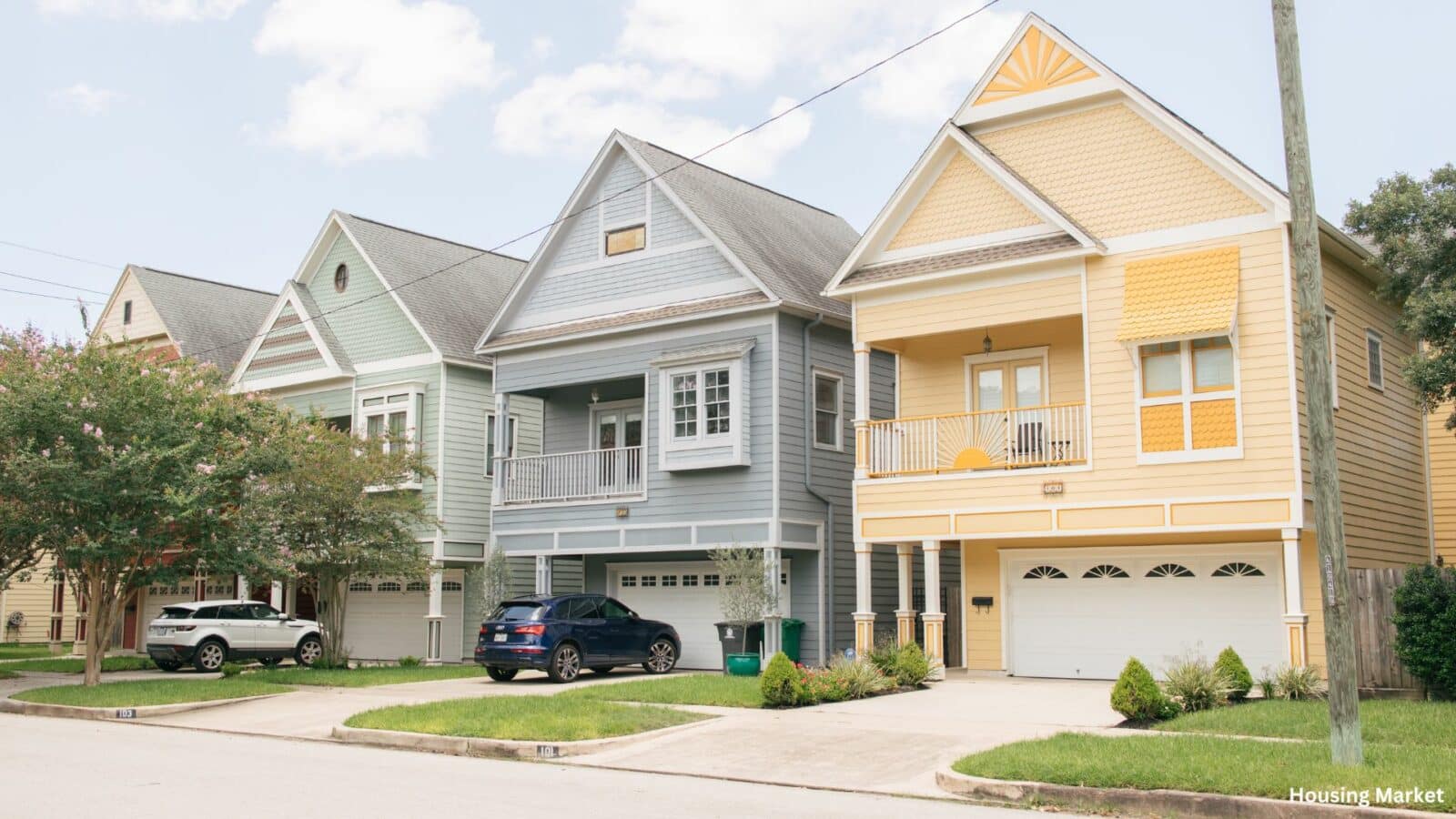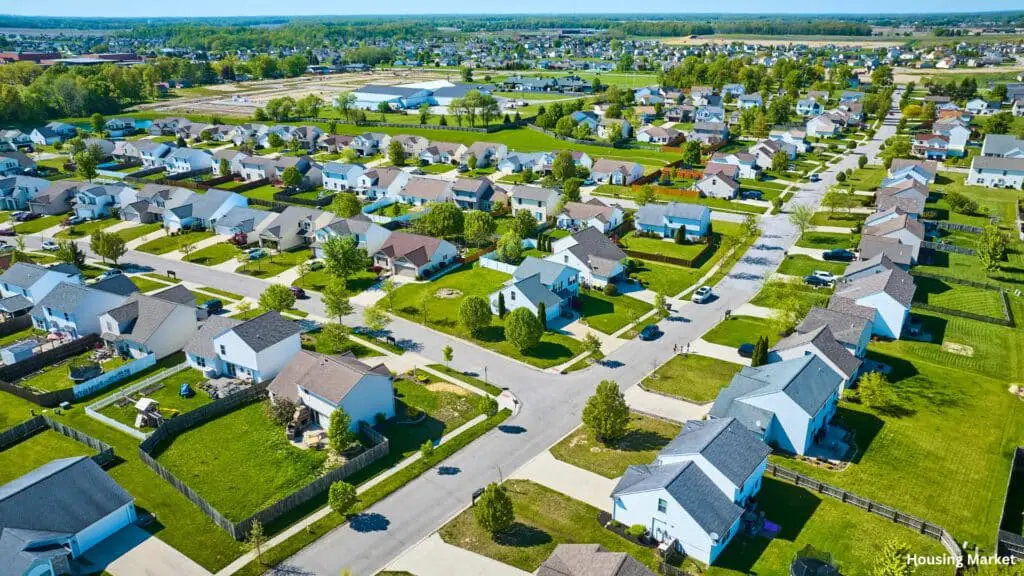HUD rental assistance programs are vital for many Americans struggling with the cost of living. They provide financial support for rent, ensuring that households can maintain stability without overwhelming financial burdens.

Understanding HUD Rental Assistance
HUD rental assistance significantly aids American households, especially those with low incomes, by subsidizing a portion of their rental expenses. This support is essential for families to maintain housing stability without the overwhelming financial burden that often comes with high rent costs. The program specifically targets families whose income falls below certain thresholds, making them eligible for help.
Despite the critical support it offers, the program faces substantial challenges. A primary issue is the limited funding, which restricts the number of families that can receive assistance each year. Although millions are eligible, current funding levels only allow a fraction of these households to benefit from the program. As a result, many eligible families remain without the necessary support, which can lead to housing instability or the inability to manage other essential living costs.
Improving funding allocations and exploring policy reforms to expand eligibility and increase support levels could help mitigate these limitations, ensuring that more households can access this vital assistance.
The Scope of Rental Assistance
The gap between the need for HUD rental assistance and the availability of aid is a significant issue. In 2022, about 19 million U.S. households qualified for assistance based on their incomes, yet only a small portion actually received the help they needed.
This disparity highlights the ongoing challenges within the housing sector, where demand far outstrips the support available, underlining the critical need for expanded resources and policy intervention to bridge this gap effectively.
Many renters spend over 30% of their income on housing, making them rent-burdened. HUD rental assistance aims to alleviate this by covering part of the rent, but the demand far exceeds the supply, underscoring the need for increased funding and expanded eligibility.
Racial Disparities in Housing
Racial disparities in housing significantly affect BIPOC communities, who disproportionately experience higher rent burdens compared to other groups. This inequity means that BIPOC families often spend a larger portion of their income on rent, which can limit their ability to save for homeownership or cover other essential expenses. Enhancing HUD rental assistance programs could play a crucial role in addressing these disparities.
By expanding access to these programs, we can work towards ensuring that all communities have fair access to affordable housing, thereby reducing the financial strain on BIPOC households and promoting economic stability across diverse populations.
The Role of Policy and Advocacy
Advocacy for better policies is crucial in the effort to enhance HUD rental assistance. By pushing for increased funding, advocates aim to expand the reach of these vital programs, ensuring that more vulnerable families can access affordable housing.
Furthermore, policy efforts focus on eliminating discriminatory practices that can limit housing opportunities for certain groups. These combined efforts are essential for making housing more accessible and equitable, ultimately supporting broader community stability and individual well-being.

HUD rental assistance is a lifeline for many, but more needs to be done to bridge the gap between eligibility and aid provision. By supporting policy changes and increasing funding, we can ensure that more families have access to the housing stability they need.
Related posts:
 Affordable Rental Provider Repays $710K to Arlington County
Affordable Rental Provider Repays $710K to Arlington County
 Decline in Home Prices: Anticipating a Shift in 2024
Decline in Home Prices: Anticipating a Shift in 2024
 Zillow 2023 Home Sales Analysis: Prime Listing Time for Maximum Profit
Zillow 2023 Home Sales Analysis: Prime Listing Time for Maximum Profit
 Spruce Hill’s Battle: Preserving History Against Student Housing Expansion
Spruce Hill’s Battle: Preserving History Against Student Housing Expansion
 Housing Needs in Minnesota Tackled Tactfully with The Heights
Housing Needs in Minnesota Tackled Tactfully with The Heights




